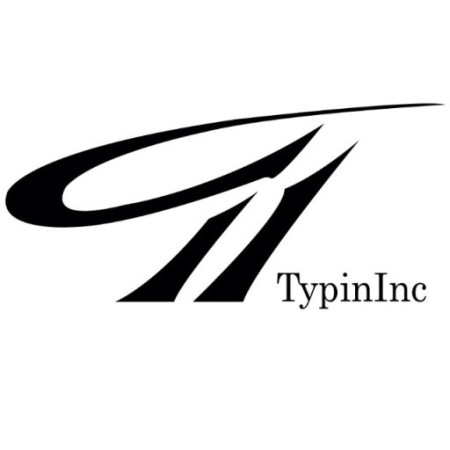In every sport, any exercise discipline, every form of learning, there is a core of knowledge that must be known before you can move on to the next level.
Our “spokes” are the arms, legs and head attached to the torso. Our appendages are extensions of the powers we emanate from the heart, mind and body centers. It’s the spaces in between – the range of motion, movement, reach, stride, strength and grasp – that allow us to use our abilities to their highest benefit.
The “hub” is your core, your center of being. The important organs reside here. It is where you began and where you live or die. The heart, the stomach and the back are primary targets for injury and disease. Strength, stability, flexibility and explosiveness emanate from here. All forms of training have their basis and foundation in this core. When the core is strong, every other direction taken is strengthened proportionately. If one were to train just the outer spokes, the lopsided focus not only makes the center weaker, but each other subsequent direction more prone to accident or injury.
